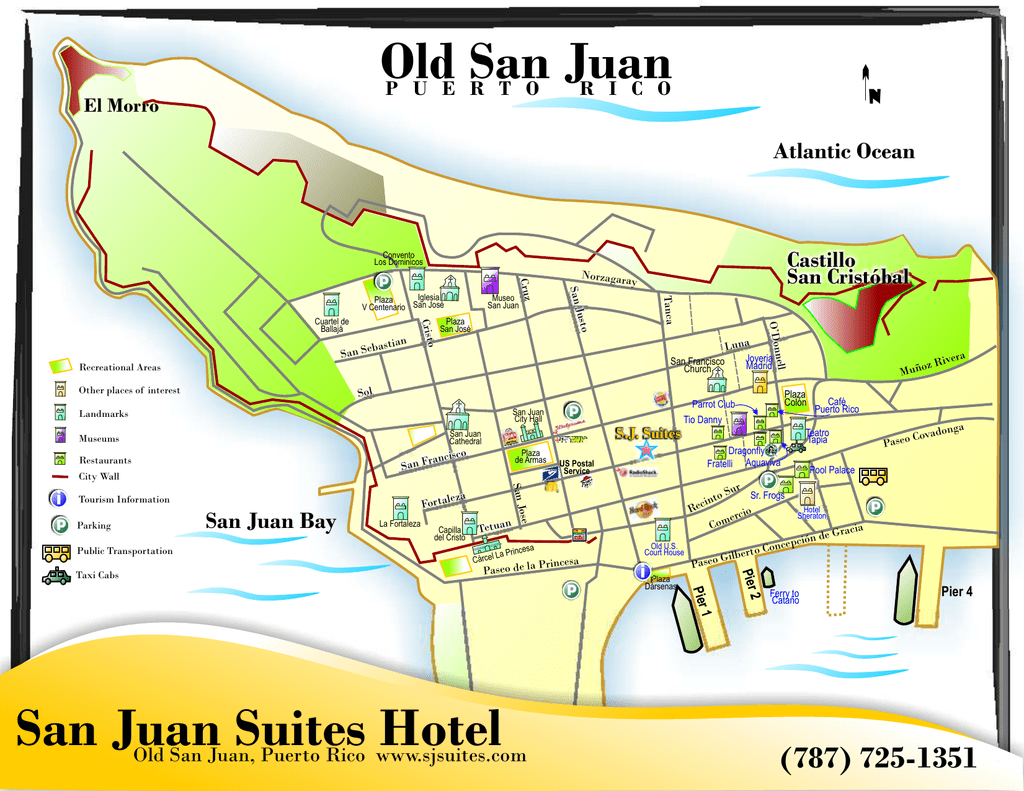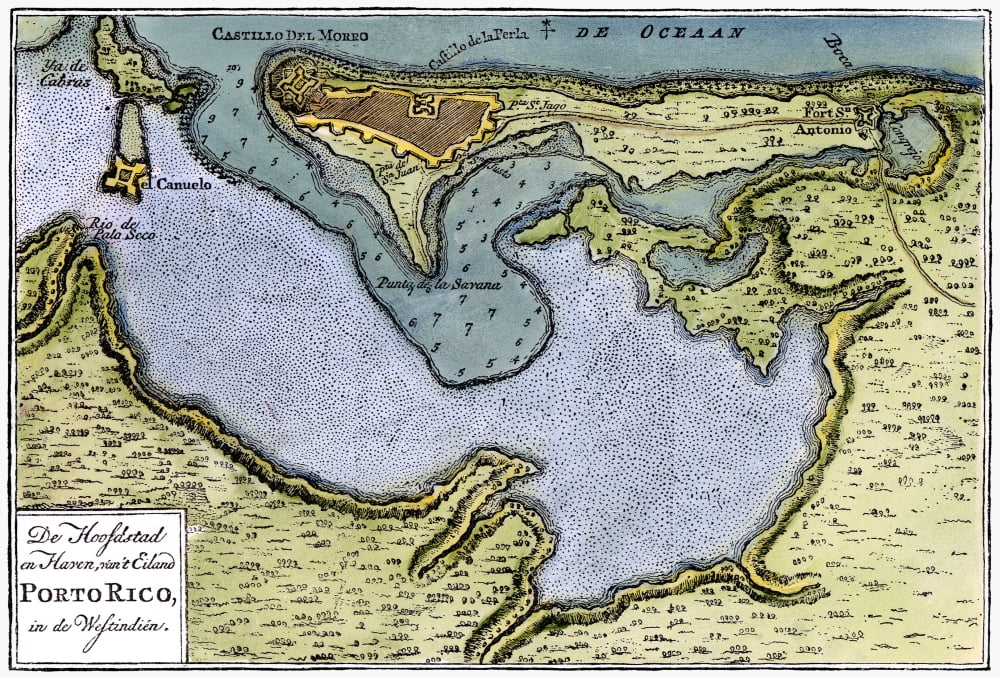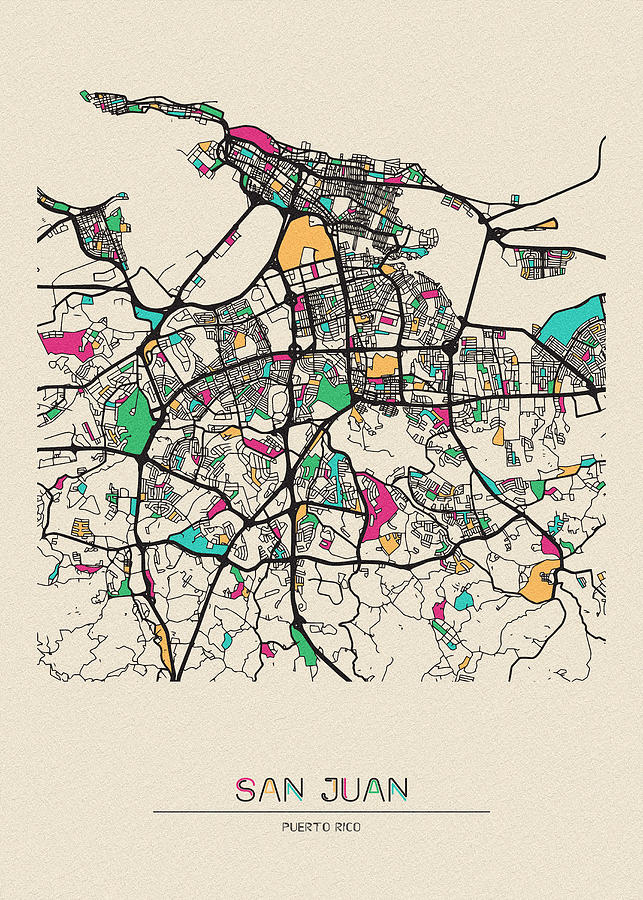

Serving local produce requires commitment and the development of relationships with farmers, and the same goes for seafood and fishermen. The archipelago has been under the control of the United States since 1898, and that colonial control has had long impacts on agriculture and culinary culture. This ever-growing dining and bar scene has thrived despite ongoing crises both natural and political. But to come to Puerto Rico for only Puerto Rican food would be a disservice to the imagination, the bar scene is constantly expanding with new venues for cocktails that rival the stalwart La Factoria, and the city’s cafes are perpetually invigorated by the growing nation. They are at the kiosks of Piñones and in the glossy restaurants of the city’s best chefs. The destruction of the Santiago Gate, which allowed the city to expand to the east, also promoted a sense that local interests were beginning to replace San Juan’s imperial concerns.In San Juan, Puerto Rico, the fried alcapurrias and banana leaf-wrapped pasteles of comida criolla, the local blend of Indigenous Taíno, African, and Spanish ingredients and flavors, are everywhere. Local officials finally convinced the military authorities to demolish a section of the city’s walls in 1897 and allow the overcrowded city to expand. From a population of nearly 8,000 in 1803, San Juan grew to 27,000 by the 1890s. For many of San Juan’s residents in the 1800s, the defensive walls made the city feel more like a prison than a refuge. The city’s defences covered over 250 acres, leaving only some 62 acres inside the city walls for private and city construction.

The completion of the wall, the construction of Castillo de San Cristóbal and the expansion of San Juan’s other defences had a considerable effect on the city.

By 1790 the wall completely encircled the city and included embrasures (gun ports from which cannon could be fired) and guaritas (sentry boxes). San Juan’s three mile long city wall became a key part of its fortifications.

The building of the wall commenced after the Dutch attack, however construction was sporadic and depended on the availability of funds and labour. In the early 1500s the battery and tower that would become El Morro protected the harbour and provided some refuge for the people of San Juan during attacks, however it did not provide any defence for the city itself. During the English attack and occupation of 1598 and the Dutch attack of 1625, much of San Juan was destroyed.


 0 kommentar(er)
0 kommentar(er)
